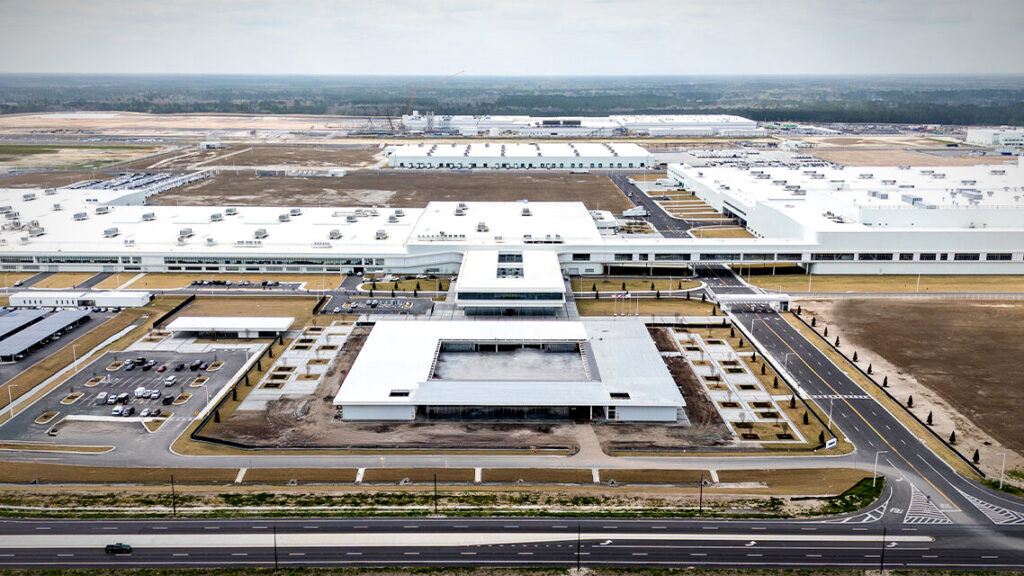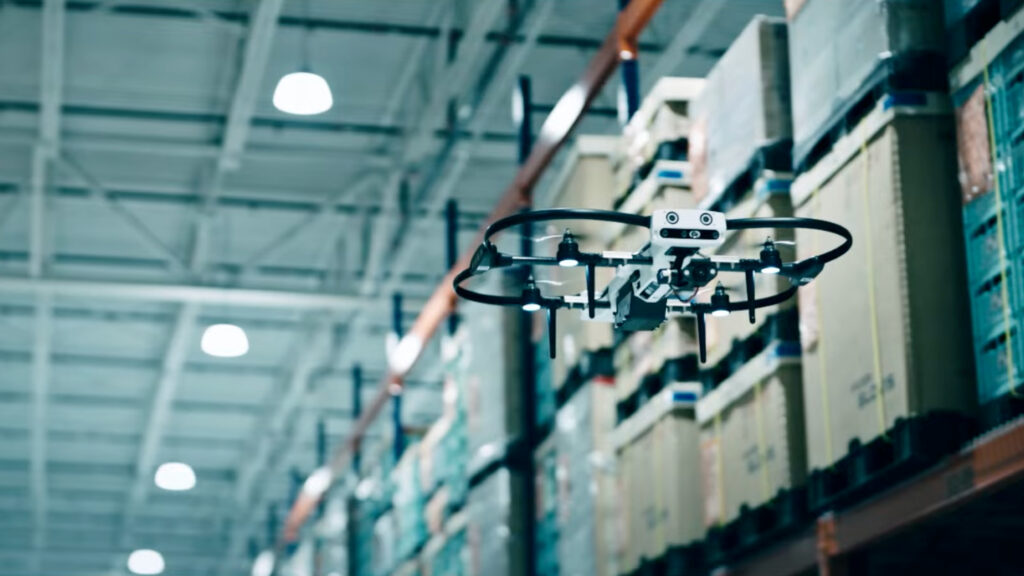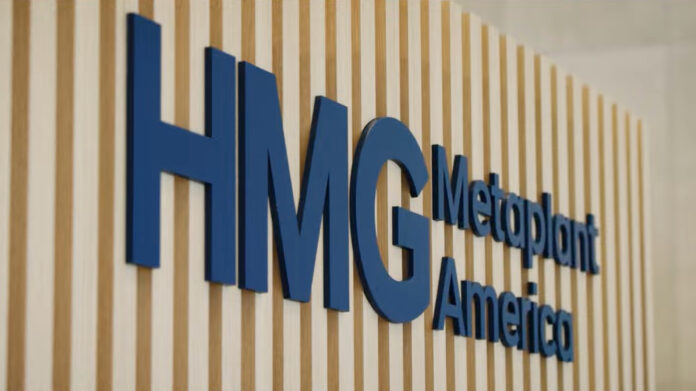In sum – what you need to know
America’s smartest factory – Hyundai’s new $7.6 billion electric and hybrid vehicle plant, Metaplant America, claims a series of Industry 4.0 world-firsts, generally powered by AI vision and robotics, sometimes delivered on private 5G; the firm wants to produce 500,000 vehicles per year and 8,500 jobs full-time by 2031.
Massive US investment – The new plant is part of a $12.6 billion inward investment in Georgia, and a $20.5 billion investment in the US – to be followed by $21 billion more through 2031. Hyundai wants to produce 1.2 million electric and hybrid vehicles in the country in the timeframe; it has a new steel mill besides, which will supply its car plants.
Almost total automation – The facility incorporates cutting-edge automation, including autonomous robots, AI vision systems, and automated processes for all parts of vehicle assembly – pushing the limits of Industry 4.0 to new levels. It takes many of the solutions from Hyundai’s smart factory in Singapore – and makes them mega-sized.
If you like your factories big and smart, and you want a glimpse of the future, then Hyundai Motor Group (HMG) has just delivered the motherlode: a $7.59 billion electric and hybrid vehicle manufacturing plant in Georgia, in the US, which is pumped to the gills with artificial intelligence (AI), sometimes on private 5G, to automate production of up to 500,000 vehicles per year. It is the company’s “first state-of-the-art smart factory in the US”, and “North America’s largest and most advanced smart factory”, bar none – it said. It will create 8,500 jobs at the site by 2031, it said.

The facility, called HMG Metaplant America (HMGMA), sits on 2,900 acres (11.7 square kilometres of land) in Ellabell, Bryan County. Hyundai signed a $12.6 billion investment deal with the State of Georgia in May 2022, and started work at the site, a “key pillar” of its state commitment, in October 2022; the first vehicle (a Hyundai IONIQ 5) rolled off the line late last year (2024). HMGMA was properly opened last week; a jaw-dropping promo video gives a sense of its insides – some footage may be from its Innovation Center in Singapore (HMGICS), on which it is based.
The headcount at the site stands at 1,200, presently; production capacity stands at 300,000 vehicles per annum, for now. HMGMA will produce both electric and hybrid vehicles for the US market. The firm’s IONIQ 9 electric SUV is now in production; it will produce Kia models from next year (2026) and Genesis models thereafter. Hyundai claims to have invested a total of $20.5 billion so far in the US manufacturing scene, “since entering” the country, creating 570,000 jobs in the process; it has committed to invest a further $21 billion since the opening of the HMGMA site.
This covers the capacity expansion at HMGMA (by about 60 percent, from 300,000 to 500,000 vehicles per year), plus a $5.8 billion steel mill in Louisiana.
But what about the tech? Well, if you have been paying attention to these pages, you might have put two and two together and figured out the private 5G elements in the new smart factory are by Georgia-based Industry 4.0 system integrator Future Technologies – which has spoken here repeatedly about supplying private 5G to an unnamed electric vehicle maker in the region. This has now been confirmed. Future Technologies has used Nokia’s private cellular core and radio (RAN) network systems in the deployment.
Peter Cappiello, chief executive at the firm, commented: “Future Technologies has been headquartered out of Georgia for over 25 years. We appreciate the value that this investment by Hyundai Motor Group brings to the local market. We are very proud [of] our contribution to this project as the lead system integrator for the facility’s private 5G solution. Our skilled engineers and technicians designed and delivered the network, providing critical connectivity infrastructure to support industrial automation and autonomous mobile robots.”
Indeed, autonomous mobile robots (AMRs) and automated guided vehicles (AGVs), plus unmanned aerial vehicles (UAVs; drones by any other name), are everywhere in the HMGMA video, which lists a whole bunch of world-first and ultra-advanced Industry 4.0 solutions. AI features everywhere in the marketing, at least, and the sense is of a smart factory that pushes the limits of innovation. No question, it looks and sounds impressive – with somehow-AI based management and control of what-seems-like every sensor, robot, machine, system, and process to make a car.
And with human oversight of the whole discipline, fully-automated and semi-autonomous, to keep order, plus human intervention in specialist functions. Perhaps tellingly, 5G does not get a mention in the video, nor in the Hyundai press notice; what gets said is that every system and process is automated and smart, and that some form of discriminative AI – in camera vision and software analysis, notably – is being used. There is no mention of generative AI or agentic AI (invariably) either, but this is the Industry 4.0 venue in the US that seems most likely to make those jumps.
Automation rates in its assembly shop at the HMGMA site are nearly double that of its other facilities, it said. Here is an edited transcript of the video highlights, as supplied by HMG:
– AI automation and control system for vehicle parts management
– AI drone system for inventory management (for planning and storage)
– AI vision system (‘One-Kit’) to verify component assemblies
– Digital command centre (DCC) for “digitising / integrating production data”
– AI vision system to precisely and automatically align metal sheets
– Smart ‘press’ to control power and speed for optimal metal forming
– AI vision system to detect holes / cracks in panels (world first)
– AI vision system to guide precise positioning of automatic loading system
– Unmanned transport vehicles to carry pallets
– Automated warehouses to efficiently store and manage pallets
– ‘Robot Main Buck’ system to integrate robots and vision technology
– Autonomous adjustment system to adjust vehicle door gaps (world first)
– ‘Metal finish line flow-type AGV’, as “collaborative workspace” (world first)
– Automated overhead robot to grab and move heavy parts (body in white)
– Automated electrocoating scarf sanding system to sand vehicle part defects
– Automated sealer system to fill vehicle gaps for waterproofing, soundproofing
– Automated final inspection system to inspect paint jobs and perform ‘markings’
– Automated ‘trim-IN’ robot to lift and lower vehicles
– Automated body/chassis marriage system to fit vehicle body and chassis
– Automated door installation system to assemble vehicle doors (world first)
– Automated headlamp adjustment system to for optimal lamp brightness

Hyundai’s $12.6 billion investment in Georgia also covers a joint battery venture at HMGMA with LG Energy Solution and SK On. It is the largest investment in the state’s history, the company said. Its new $21 billion investment in the US will see its annual production capacity rise to 1.2 million vehicles by 2028. Its other US sites – in Alabama (Hyundai) and separately in Georgia (Kia Autoland) – will be made smarter, it said. The new steel mill, an electric arc furnace, will supply automotive steel plates to HMGMA when commercial production begins in 2029.
Euisun Chung, executive chair at Hyundai, said: “HMGMA not only represents the group’s advanced manufacturing capabilities and commitment to innovation, but also our investment in relationships with our partners and communities right here in Georgia. With the rich history of craftsmanship and manufacturing in this community, together with the talented workforce at HMGMA we are building the future of mobility with America, in America.”

